
“Hey you! You’re finally awake!”
You step out of a cave, or a corridor, or a crypt… and you’re suddenly awestruck.
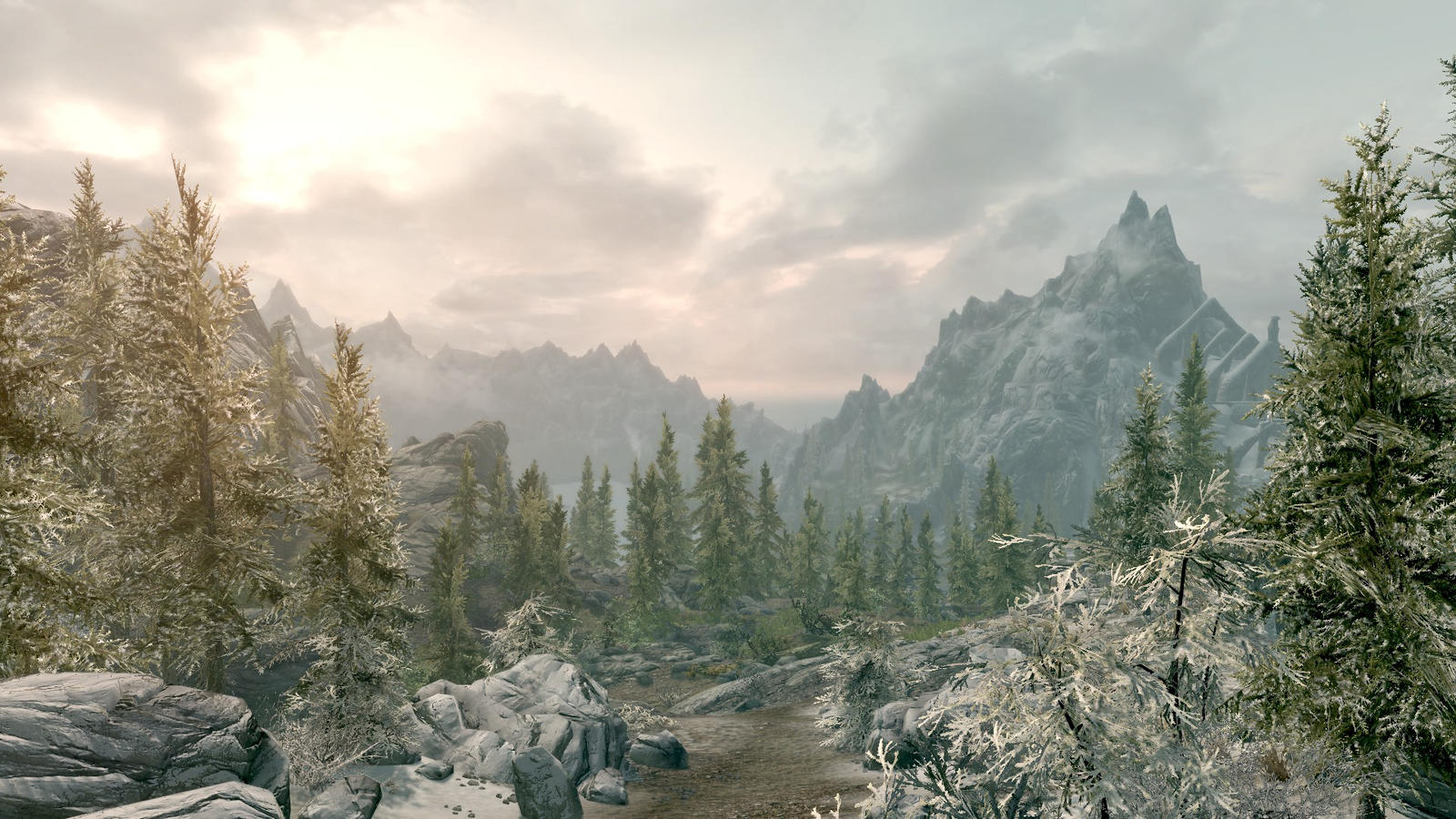
The expanse of a fantastical world lies before you. Stunning vistas, forests, rivers and mountains stretching off into the distance…

Three of my favorite games of all time, “The Elder Scrolls: Skyrim,” “The Legend of Zelda: Breath of the Wild,” and now “Elden Ring,” all begin with this moment.
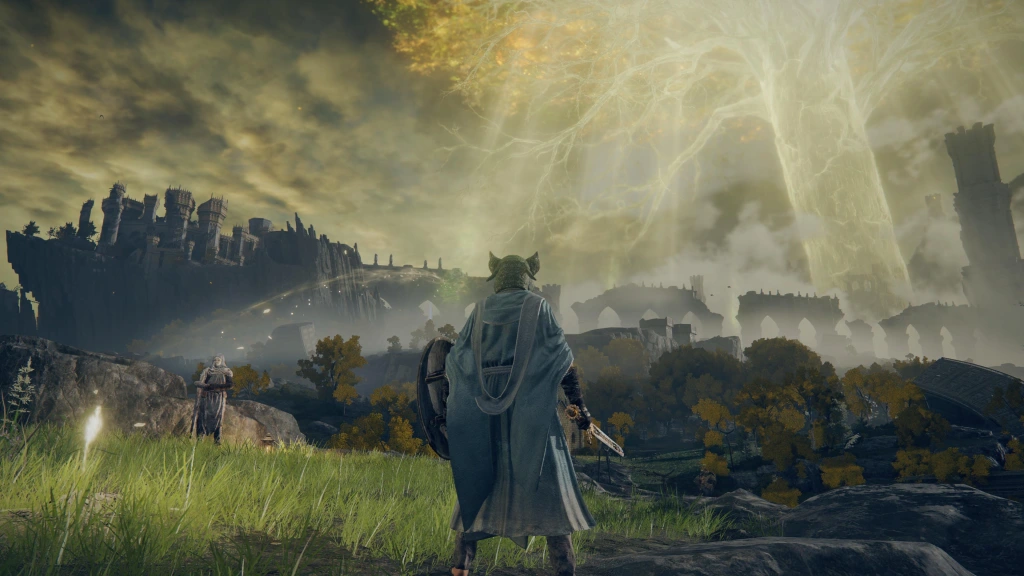
What makes these first steps so powerful? And what elevates these games from other open-worlds I enjoyed, like “The Witcher 3” or “Horizon Zero Dawn?”
Let’s explore…
Removing Boundaries: The Importance of a Truly Open World
“Go anywhere, do anything.”
In 2011 Todd Howard stood on a stage and proclaimed that the next game in a series of acclaimed and successful role playing games (RPGs), Skyrim, would allow you to finally explore a fully realized world.
After completing a brief tutorial, you’re dropped into a massive world with little direction. This world, complete with carefully crafted biomes and numerous settlements, was yours to discover.
Finally, the invisible walls and barriers blocking progress were removed. You can visit any area from the very beginning of the game.
In 2017, after half of decade of development, Nintendo released Breath of the Wild. Breath of the Wild built on Skyrim in one critical way: it finally allowed you to actually go anywhere.
See that mountain off in the far distance? You can climb it…
Elden Ring, which released this February, is the new pinnacle of this kind of world design. High cliffs with crumbling churches upon them, plunging valleys, expansive cities, a enormous majestic tree towering over everything - if you see it, you can go there.

Why is this ability to visit what you see so important?
For one, it greatly increases immersion. The world feels more real without the artificial barriers that prevent you from visiting that mountain or swimming across that river. The environment is no longer a backdrop - it’s a real, living part of the gameplay.
Moreover, the ability to travel anywhere within a world greatly encourages you to discover for yourself what the world has to offer.

Many “open world” games are not truly open in this way. The Witcher 3: Wild Hunt and the newer Assassin’s Creed titles, for example, restrict access to regions by story progress or level gating the player.
True exploration - uncovering secrets and new locations - is one of the greatest things you can offer a player.
With one condition: the world needs to feel like it’s worth exploring.
This is very tricky, and where most games fail. The main reason these three games succeed is incredibly simple: the map.
Encouraging Exploration: The Importance of Mapping
In most AAA (major studio) games that release these days, you’re immediately given a map crammed with markers.
Popularized by series like Assassin’s Creed, these indicate areas of interest for the player to visit. Sometimes they tell you explicitly that there’s loot, or combat, or a puzzle of some kind. Other times they just mean “there’s something here to find.”
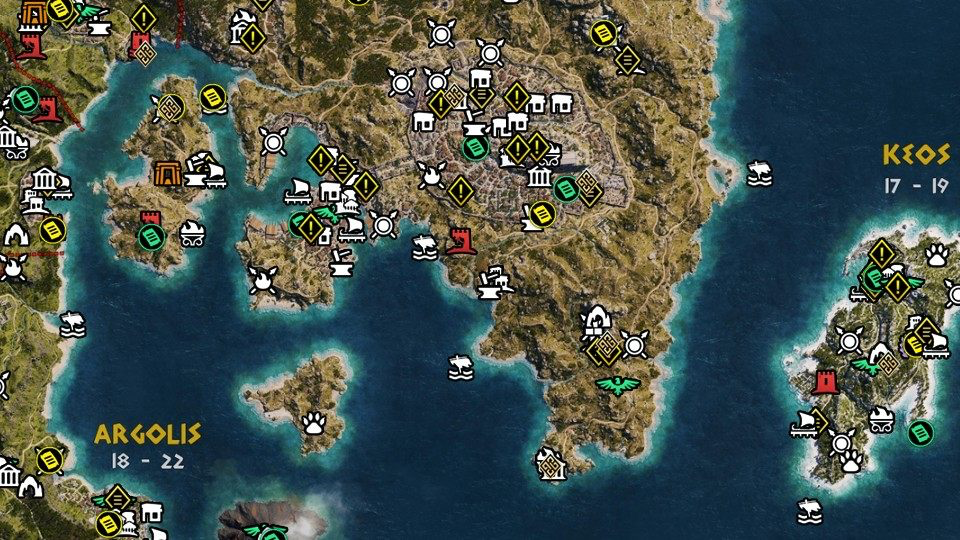
You may think that this benefits the player - they’re no longer wasting their time looking in places where they won’t discover anything. But I’d argue it does the opposite.
It transforms the game into a checklist: these are items to check off, not experiences to stumble upon.
Moreover, it tells the player that everywhere else in the game there’s absolutely nothing worth doing. The open world is no longer filled with treasure. It’s now a chore - you rush from point A to point B because you know there’s nothing in between.
And you’re not actually discovering what’s at point B, because you already knew that something was going to be there.
Blank Slate
Elden Ring, Breath of the Wild, and Skyrim all do the exact opposite of telling you where everything is. They don’t tell you where anything is.
The map is literally blank when you begin. You must uncover it by - get this! - exploring the world for yourself.
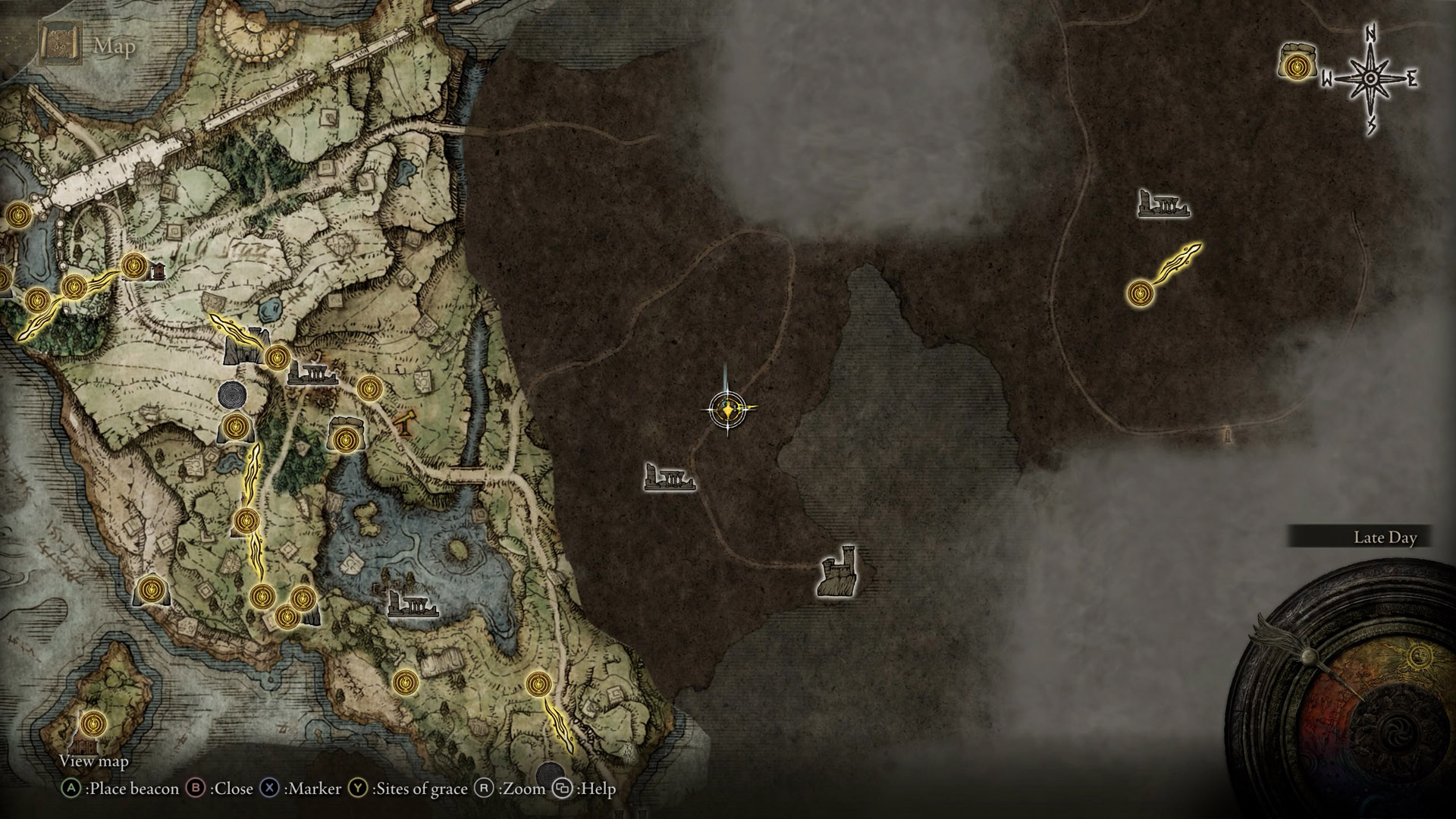
The importance of this map system is well illustrated by comparing a game I enjoyed quite a lot - Horizon Zero Dawn - and Elden Ring.
Horizon Zero Dawn suffers from immediately telling you where everything is. I didn’t actually find a “cauldron” (essentially a dungeon filled with robot dinosaurs), since I already knew it was there. It was very cool, but I wasn’t surprised or amazed.
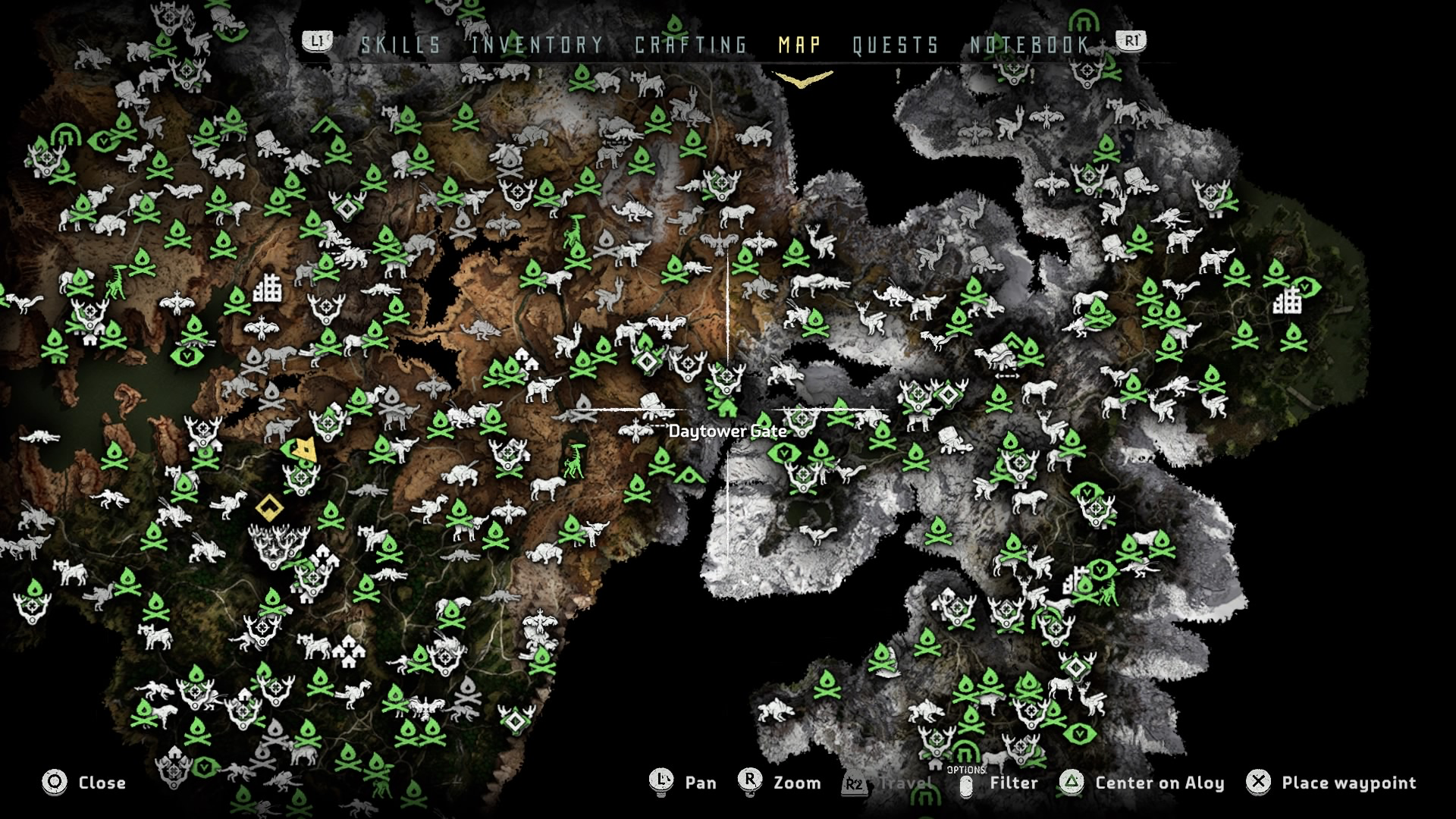
Comparatively, within the first few hours of Elden Ring I ran across an ancient elevator. “What could this be?”
I walked in, and it immediately plunged downwards at faster and faster speeds. After almost a minute (one of the longest elevator cutscenes I’ve ever seen), I stepped out and was absolutely floored.
I had completely accidentally stumbled across a sprawling underground city within a gargantuan cavern, while lights twinkled above like the night sky.
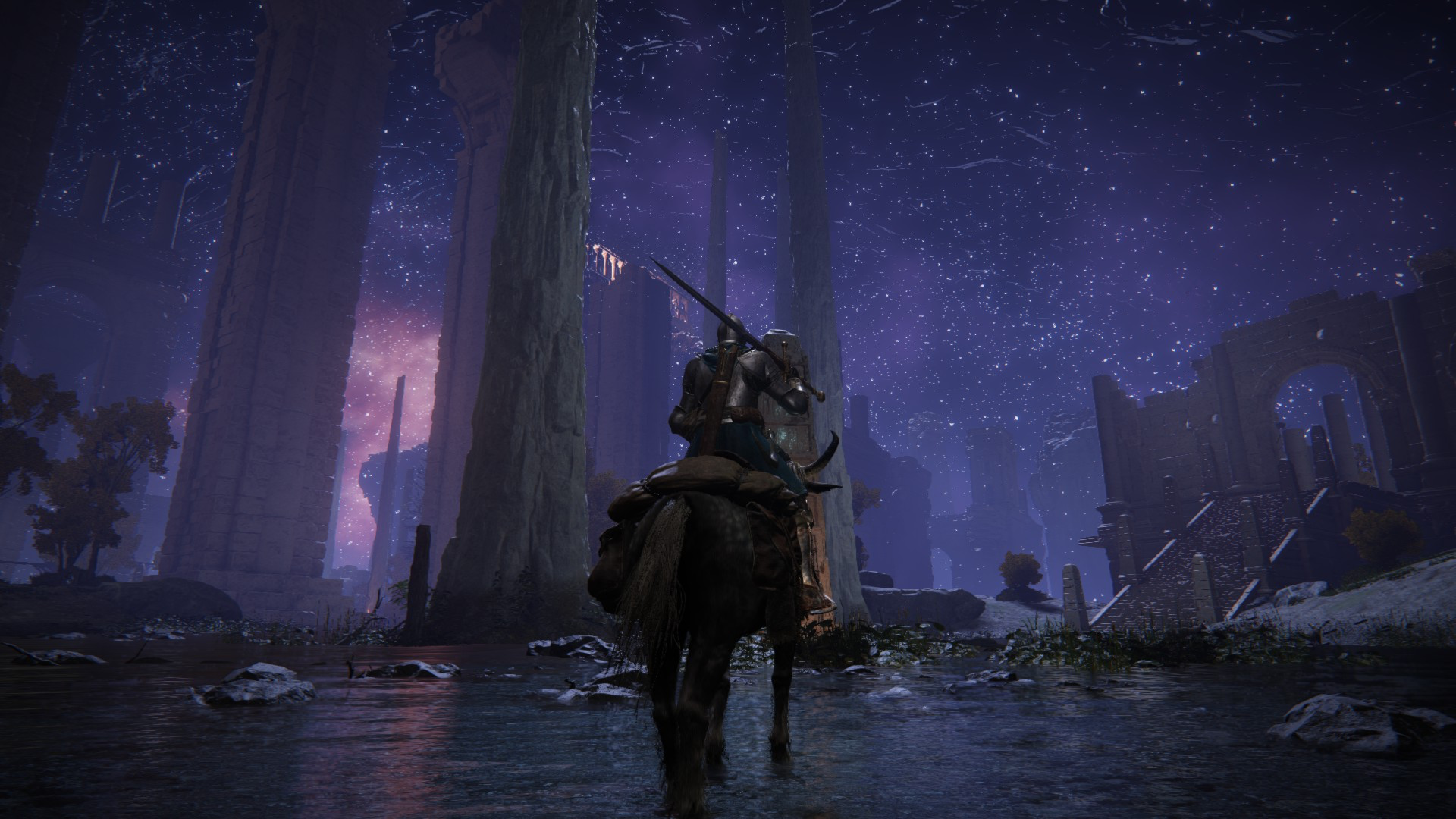
Skyrim has a similar moment with an underground region called Blackreach. In each case, the area was cool, but what makes it so memorable is that I discovered it completely on my own.
Another factor in these mapping systems that I find meaningful is that you often place your own markers. In each game there’s a mechanic where you can place a beacon in an area you think might have something to discover.
And then you go there, and see if you were right.
When you’re not told explicitly where everything is, that immediately justifies exploration; Suddenly, everywhere is worth exploring, because there might be something there.
But even then, how do you convince the player that it’s worth it to explore? It doesn’t matter if there’s no map markers if the player is not rewarded for exploring.
This is where the "30 second rule" comes into play. In all of these games, there is always something of interest within 30 seconds (on average) of anything else.
This consistent validation for exploring is what encourages the player to continue - it’s a positive gameplay loop.
The quality of content is also really important. A lot of content in most open world games these days is collectibles (checklist items), or repeated content.
“Oh look! Another bandit camp…”
Skyrim and Breath of the Wild do have plenty of repeated content. Breath of the Wild has 120! shrine puzzles to complete (doing all of them took a while). Skyrim and Elden Ring have countless dungeons.
But this content is more enjoyable when you’re finding it for yourself. These aren’t thrown in your face; in fact, they’re often hidden from sight and only hinted at through esoteric dialogue.
I want to also mention Hollow Knight, another of my favorite games of all time, for similarly having a map system based around discovering content for yourself. In Hollow Knight, information on where you’ve been fills in on your map whenever you rest at a bench save point.

Together, these games cause the player to create a mental map of the areas they explore.
Forging Your Own Path
It’s not exploration if there’s only one direction to go. Consistently having multiple placed to head keeps your play-through from feeling artificial.
Hollow Knight is a fantastic example of this. After a certain point early in the game, you can go essentially anywhere in the massive map.
I’ve recommended or gifted Hollow Knight to over half a dozen people at this point, and not a single person has traveled the same path that I did. Exploration makes your journey a more personal experience; it's not just an adventure, it's your adventure.
While I appreciate story-driven titles like God of War, I feel their (semi) open worlds actually detract from the game. This is fundamentally a problem of setup.
The Main Story Problem
Most open-world games have a main story that is told linearly. They often have a central driving conflict that is meant to motivate the player, usually time-sensitive.
In Fallout 4 you’re trying to find your son.
In The Witcher 3 you need to find Ciri before the Wild Hunt.
In Horizon Zero Dawn you need to discover your heritage and (literally) save the world.
This often leads to a huge conflict between the player and the character they’re meant to embody. Geralt of Rivia completes an important cutscene where he’s desperate to help his adopted daughter. Then I immediately make him go play a couple hands of Gwent.
When exploration is pitted against story, it makes both halves of the game feel inferior.
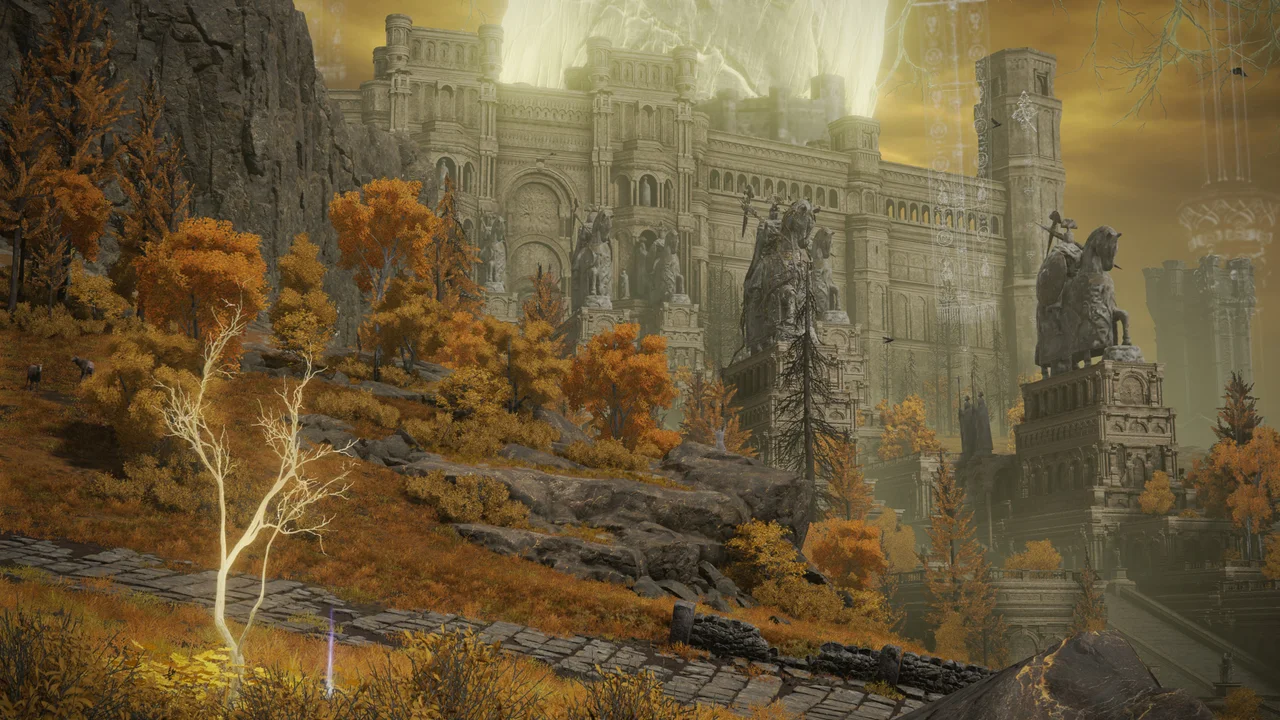
Breath of the Wild melds the character’s motivation with your own masterfully. From the very beginning of the game you can take on the final boss. But you’re not ready.
You need to explore and level up because your character also needs to grow more powerful.
Elden Ring approaches this similarly. The saying is that in FromSoft games, “your character doesn’t just level up, you level up.” And you accomplish this through exploration.
Each title also has a fragmented story told in a non-linear fashion.
Exploration is how the story is told. Pieces of information granted by memories, bosses, or items are placed in significant locations scattered across the world. It’s an incredibly effective way to immerse the player in both story and setting.
Closing Worlds
Not everyone will enjoy this kind of exploration-focused storytelling or gameplay.
But the titles I’ve discussed rank among the highest rated and best selling games of all time. There are very, very few games that can boast this kind of critical reception:
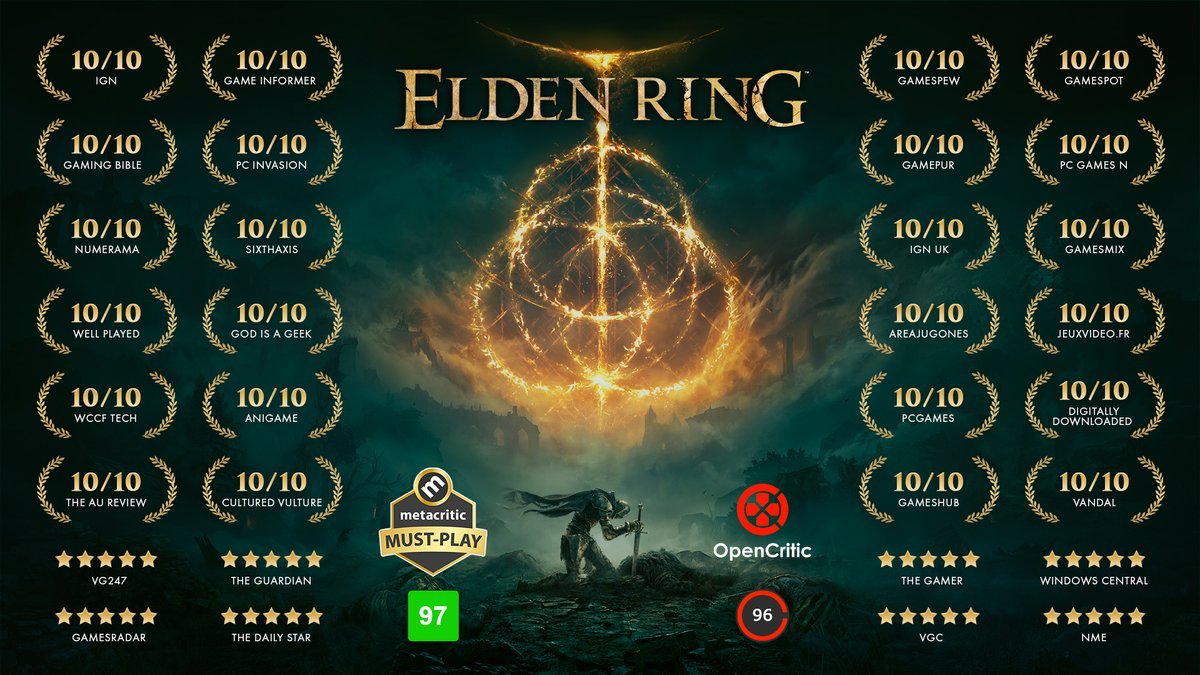
So I’m confident there are quite a few other people that also enjoy it.
Open worlds are very difficult to do successfully. I hope in this post I’ve been able to outline why well-designed exploration is such an important aspect of making them feel fully realized, and the mapping and story techniques that I feel most effectively lead to that.
Thanks for reading :)